The scholarship hunt

January 27, 2016
As seniors approach that fateful last day of high school, many are poised to continue their education at an institution of higher learning. At this late stage in the game their focus turns from being accepted into college to finding out how to pay for it.
According to the college board, the average tuition, including room and board, for public universities for the 2015-2016 school year was over $20,000. While some students come from families wealthy enough to foot that annual bill, the vast majority require help to make ends meet.
There are four main ways that people get money for college:
The federal work study program helps students find part-time jobs to help pay their way through college.
Banks, lending companies and the government offer loans that must be repaid with interest.
Grants, or gift aid, are offered by the government and universities and don’t have to be paid back. Most grants are need based, meaning that they are distributed to those whose financial circumstances require it.
Lastly are scholarships, which, like grants, need not be repaid. Scholarships are awarded by universities, companies and other organizations.
Debt.org reports that nearly $50 billion in scholarships is awarded each year. A majority of this comes from the department of education and colleges, with a smaller percentage coming from the private sector.
The ways to qualify for a scholarship are very, very numerous. Universities award scholarships to students with strong academic records, athletic abilities, artistic merit, or a history of volunteering. Organizations, on the other hand, award scholarships for whatever they feel like; there are scholarships available only to students entering a certain field of study, coming from a specific place, or fulfilling one of any other conditions.
Ames high counselor Allison Diblasi says that many local scholarships are there for the taking.
“Sometimes we have many scholarships that go unawarded because people don’t apply,” Diblasi said. “Granted you have to put some work into it, but this is free money for you.”
Thanks to modern technology, finding available scholarships is easier than ever. Diblasi said that family connection is an invaluable resource, as all scholarships that come through the counselors’ offices are on family connection. Expand your search on sites such as fastweb.com, embark.com, and a popular app called Scholly. Finally, once you know where you’ll be going to school, call them up or check out their website to see what scholarships they offer. If you play your cards right and take advantage of as many opportunities as possible, you can get dat education without breaking dat bank account.

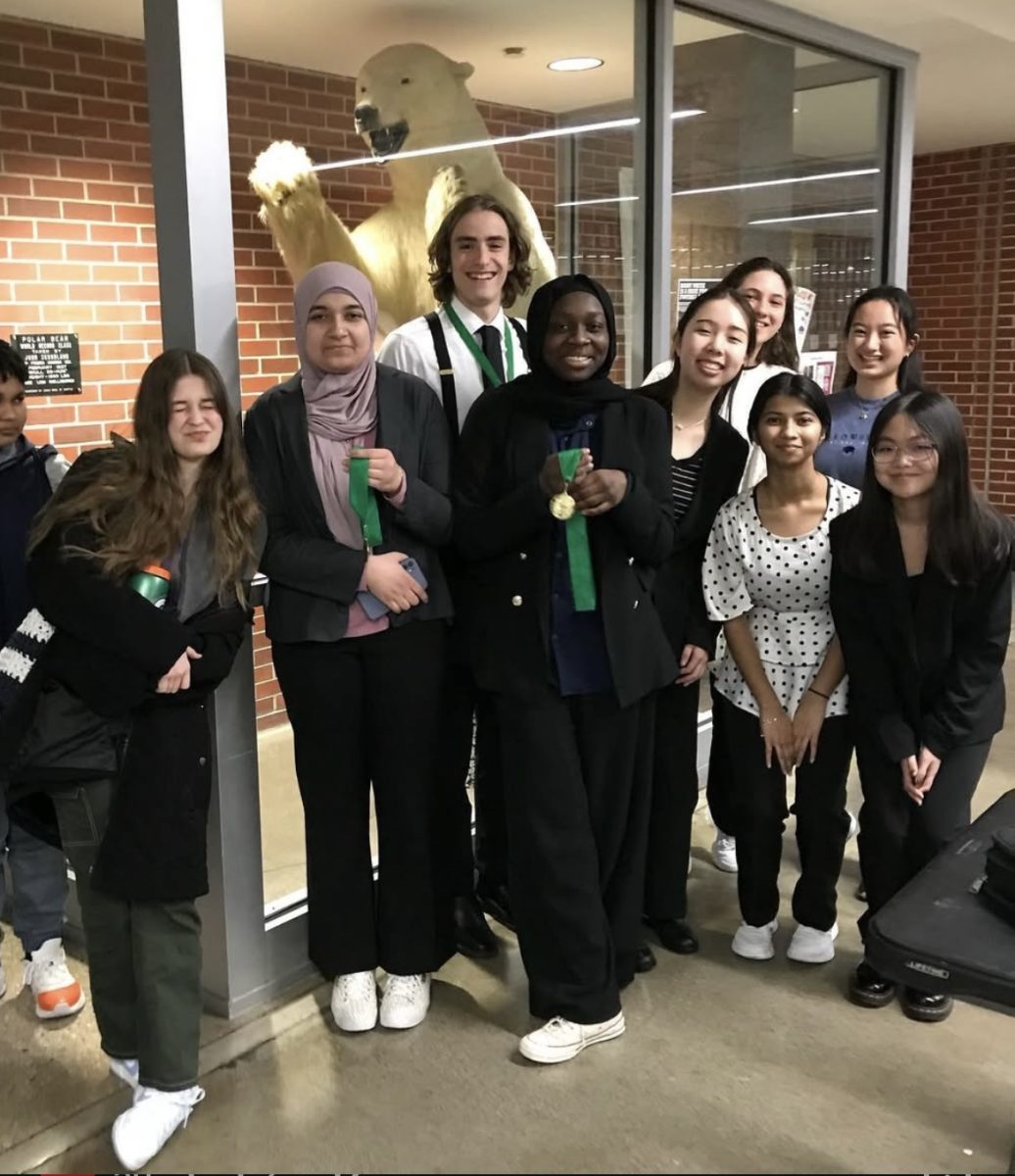








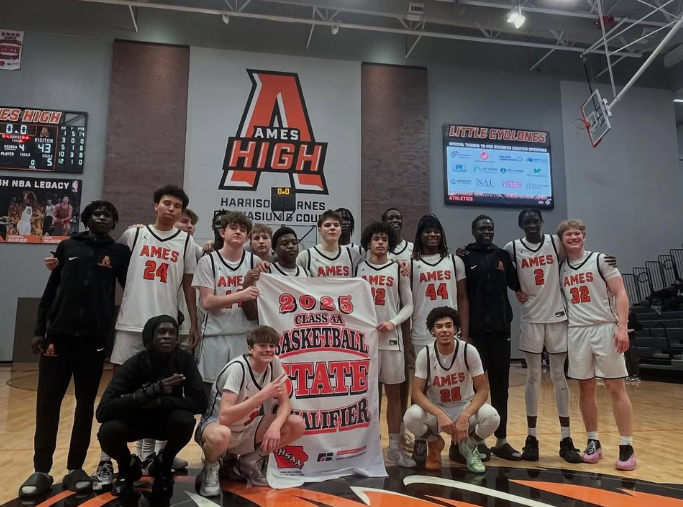


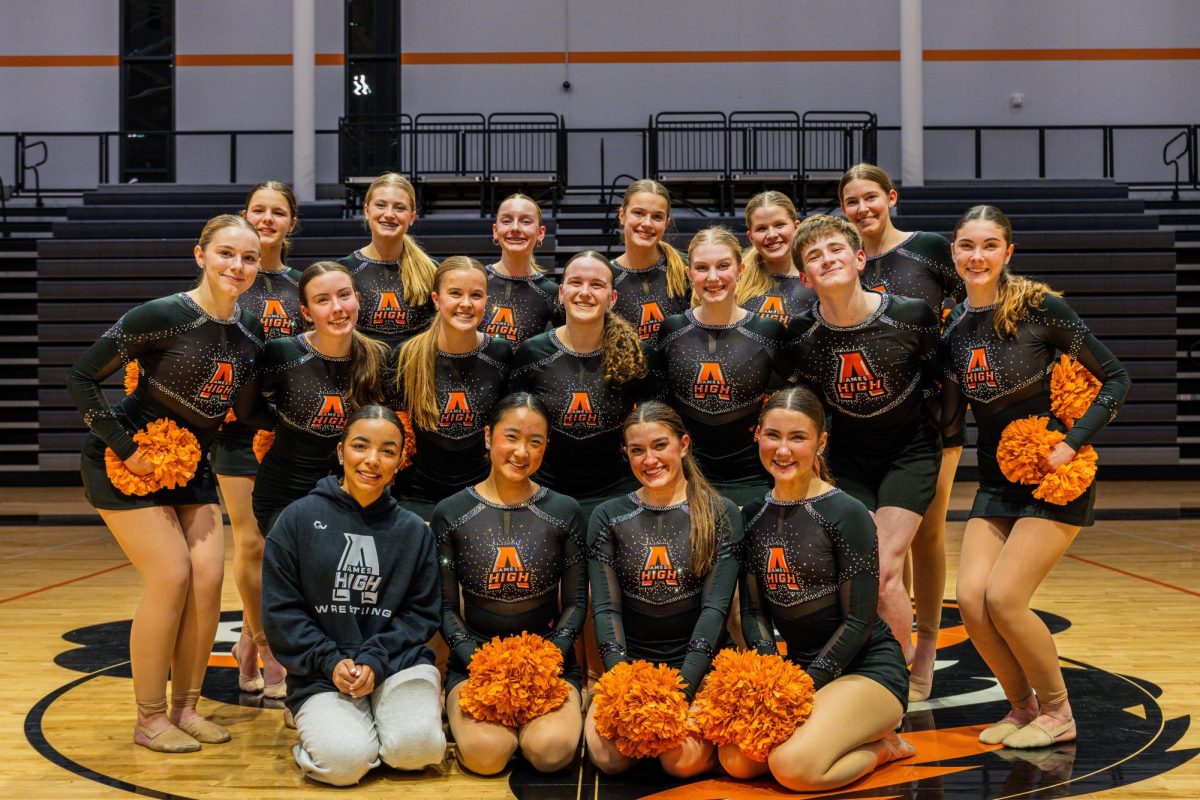



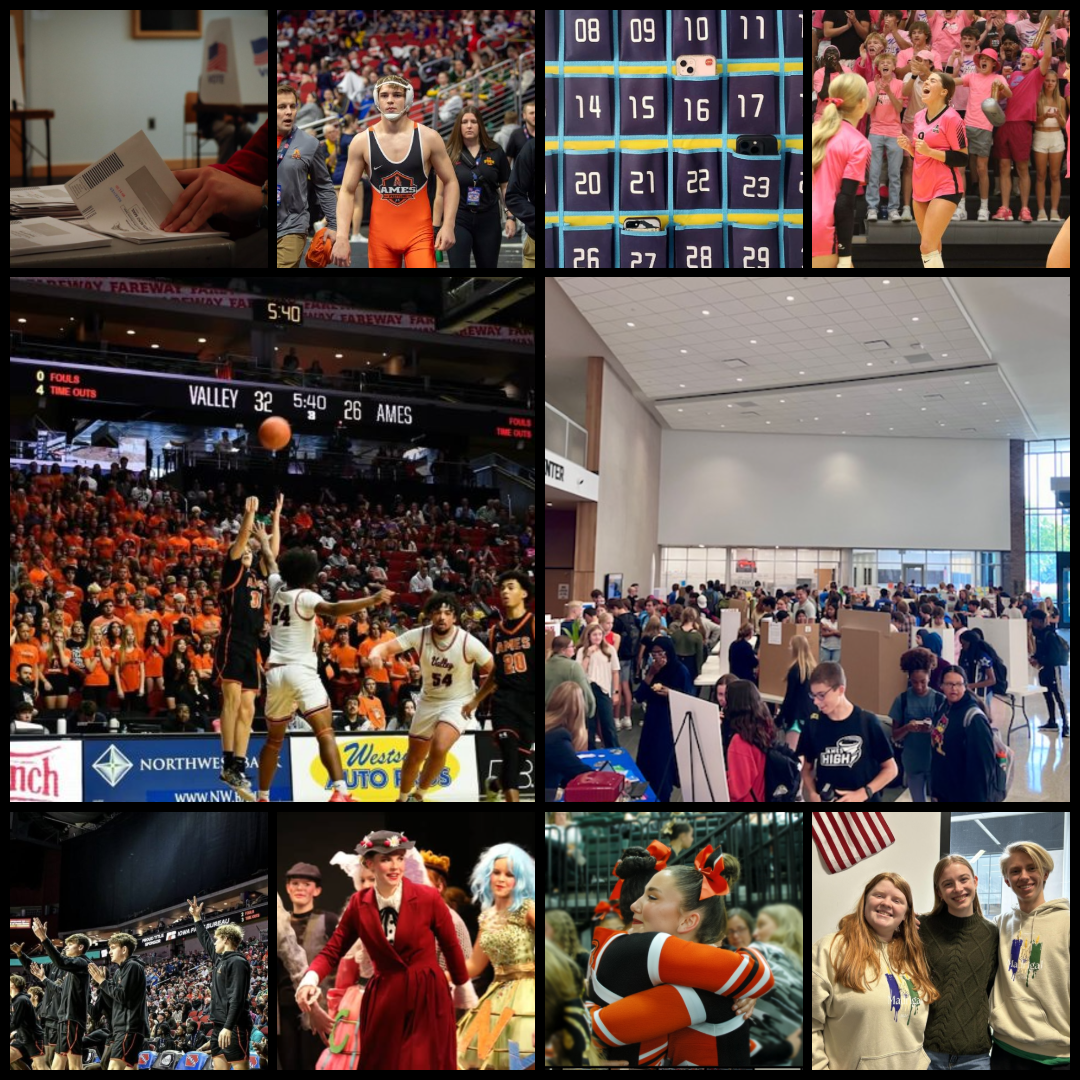





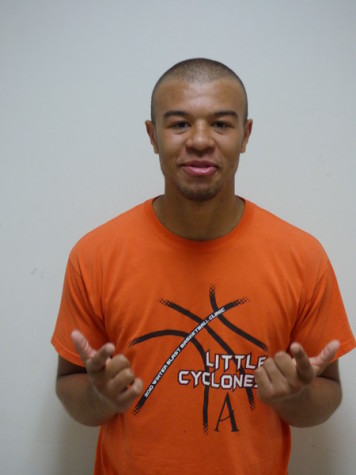



amarner32 . • Feb 10, 2016 at 7:07 pm
Tuition sux
Kate Murray • Jan 27, 2016 at 10:28 am
WHY ARE WE YELLING? IT’S ENTERTAINING BECAUSE I CAN ONLY PICTURE YOU SAYING ALL THIS LIKE A REALLY ENTHUSIASTIC COMMERCIAL ANNOUNCER BUT I AM CONFUSED